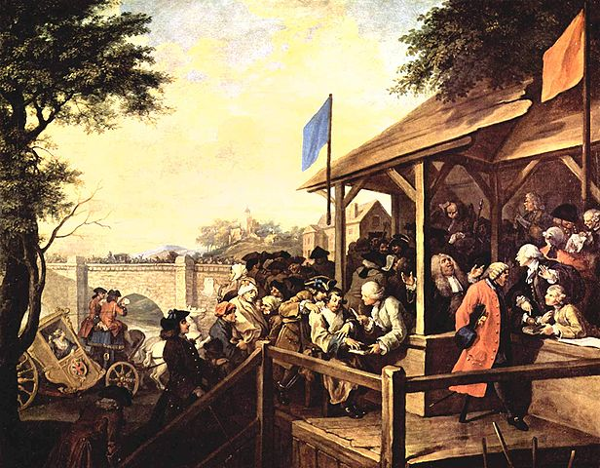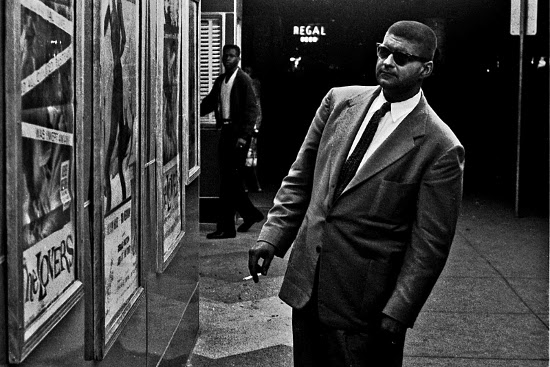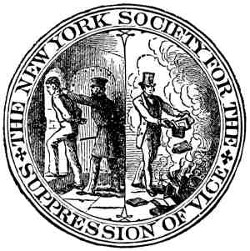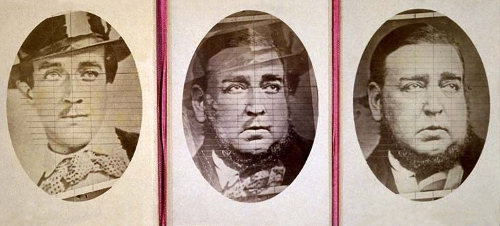
If you and I are both well-informed, rational, morally reasonable people, then we should both have the right to vote for our leaders. But what if I’m incompetent, misinformed, or irrational? My vote exerts political power over you — it appoints people to powerful offices and influences the coercive power of the state.
Georgetown University philosopher Jason Brennan argues that, as an innocent person, you should not have to tolerate this. Citizens have the right that any political power held over them should be exercised competently, and giving the vote to everyone violates this right. He advocates replacing democracy with a moderate “epistocracy,” a system in which suffrage is limited to politically competent, well-informed citizens, perhaps through a voter qualification exam. There are objections against this view, but Brennan argues that it’s less intrinsically unjust than our present system and probably produces more just outcomes.
“Just as it would be wrong to force me to go under the knife of an incompetent surgeon, or to sail with an incompetent ship’s captain,” he writes, “it is wrong to force me to submit to the decisions of incompetent voters. People who exercise power over me, including other voters, should have to do so in a competent and morally reasonable way. Otherwise, as a matter of justice, they ought to be excluded from holding political power, including the power to vote.”
(Jason Brennan, “The Right to a Competent Electorate,” Philosophical Quarterly 61:245 [October 2011], 700-724.)





